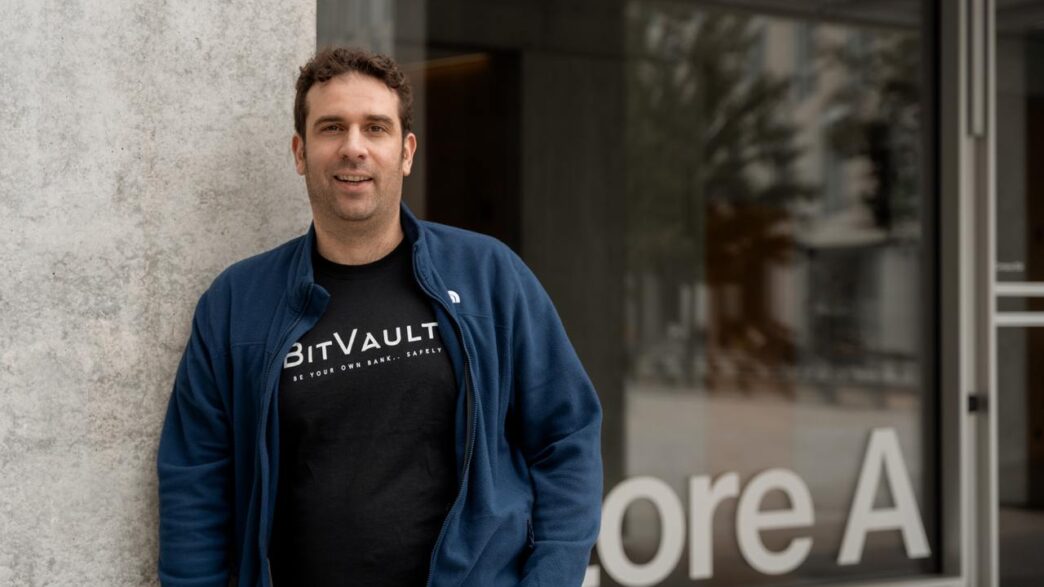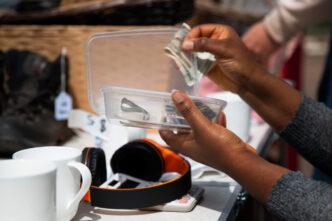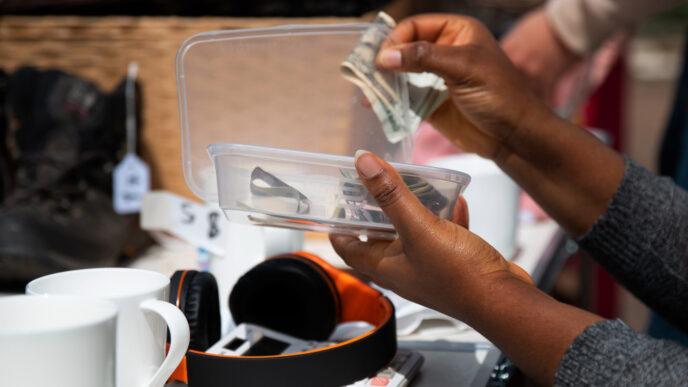In a recent interview, Francesco Madonna, founder of open-source Bitcoin wallet BitVault, shared insights on Bitcoin’s growing institutional adoption, security innovations, and long-term price potential.
Madonna, speaking from Lugano, Switzerland, highlighted Bitcoin’s evolution from a speculative asset to an institutional financial instrument. “What’s happening now is that institutions are newbies but with a lot of money, so they can move the market,” Madonna explained. “The difference is they take profits because they have to or because they’re used to, while Bitcoiners never take profits because there’s no second best.”
Institutional Adoption Signals Market Maturity
According to Madonna, Bitcoin’s correlation with traditional markets signals its maturity as an asset class. “If you look at the macro environment since 2017, Bitcoin wasn’t so closely related to the macro environment as it is today,” he noted. “This asset is maturing and is now in the hands of people who invest hundreds of millions in other assets like gold and stocks.”
Madonna referenced high-profile investors entering the space, including hedge fund manager Paul Tudor Jones and Mexican billionaire Ricardo Salinas Pliego, who reportedly allocated 70% of his liquid portfolio to Bitcoin.
Security Innovation Essential for Mass Adoption
A significant portion of the interview focused on security challenges facing Bitcoin holders. Madonna developed BitVault to address physical security threats that traditional hardware wallets don’t solve.
“Once somebody knows you own Bitcoin, you’re a walking target,” Madonna stated. “Cryptography is great, but if somebody can force you to hand over your keys, they will try to extort it with violence.”
BitVault implements a multi-signature wallet with time-delayed transactions—a security approach Madonna compared to bank vaults with time locks. “The concept behind BitVault is that an attacker doesn’t have to trust you. They just have to look at the app and see the time delay,” he explained.
The solution aims to eliminate incentives for physical attacks by making funds inaccessible immediately—even under duress. “It gives back the same security banks use nowadays, but in self-custody right into your pocket,” Madonna added.
Price Prediction: From Volatility to Store of Value
On Bitcoin’s future valuation, Madonna expressed confidence in exponential growth potential. “From $1,000 to $10,000 daily candles in five years, we can go to $100,000 daily ranges. The price range of Bitcoin can be in millions of dollars,” he suggested.
Referencing Michael Saylor, Madonna noted, “We have somebody from MIT, the best university of engineering in the world, saying $30 million per Bitcoin by 2045.”
Lugano’s Plan B Initiative Shows Promise
Speaking about Lugano’s Bitcoin adoption, Madonna praised the collaboration between city officials and pro-bitcoin enterprises such as Tether. “Over two years, we’ve seen the goals the administration had set be achieved one after another,” he said.
He highlighted the commitment of Tether to the Bitcoin ecosystem, noting the company’s investments in Bitcoin startups despite acknowledging that their stablecoin business model is tied to the future of the US dollar.
“They invest a lot of money into startups and hold a lot of Bitcoin. I was really impressed by their awareness of their position in the cryptocurrency world and their commitment to the Bitcoin space,” Madonna concluded.
For Bitcoin’s everyday use case, Madonna believes true utility as a medium of exchange will come at much higher valuations. “When it’s at $10 million per coin, that moment there will be a market cap high enough to justify this use case.”
Until then, his advice remains simple: “Save Bitcoin, eat well, go to the gym, and support the Bitcoin ecosystem.”
Lightning News provides market analysis and insights for the digital asset industry. For more information on Bit Vault’s security solutions, visit bitvault.sv.

















